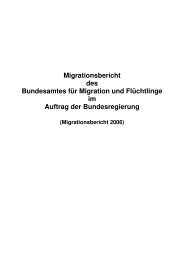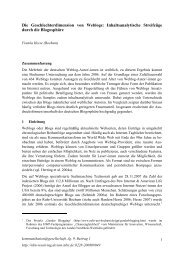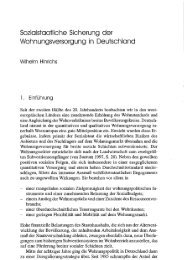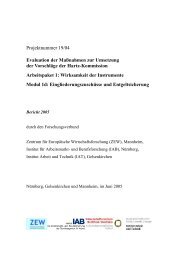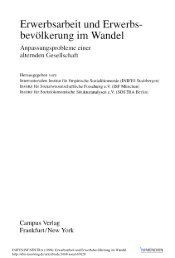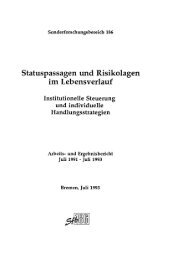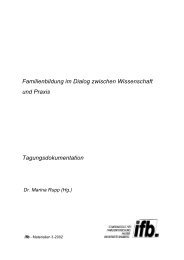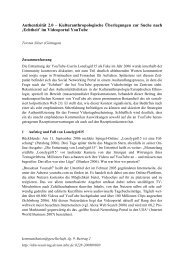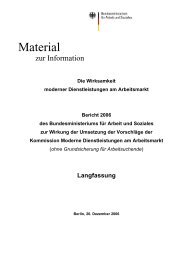Public Financial Management for PRSP - Deutsches Institut für ...
Public Financial Management for PRSP - Deutsches Institut für ...
Public Financial Management for PRSP - Deutsches Institut für ...
You also want an ePaper? Increase the reach of your titles
YUMPU automatically turns print PDFs into web optimized ePapers that Google loves.
<strong>Public</strong> <strong>Financial</strong> <strong>Management</strong> <strong>for</strong> <strong>PRSP</strong> Implementation in Malawi<br />
2005b, vi). One serious problem appears to be that a surge in the number of<br />
private secondary schools has deprived the public primary schools of their<br />
most qualified teachers because they offer higher salaries. The situation is<br />
even worse in rural than in urban schools.<br />
Furthermore, the HIV/Aids pandemic poses major challenges to this sector.<br />
According to the MoE, four to six teachers die per day in Malawi. In addition<br />
to the detrimental effect this has on the quality of education, the ministry also<br />
faces the problem of paying the funeral costs of deceased teachers. Custom in<br />
Malawi requires any employer, in this case the MoE, to cater <strong>for</strong> the funeral<br />
costs <strong>for</strong> deceased employees. In the past, however, the education budget did<br />
not provide <strong>for</strong> these expenses, which can amount to considerable sums. The<br />
policy to place teachers all over the country contributes to high funeral costs,<br />
because the ministry is also expected to pay <strong>for</strong> transporting the body to the<br />
deceased person’s home village. This problem has been recognised and funeral<br />
costs can now be budgeted <strong>for</strong> under the item “consumables” in the<br />
sector vote, which consequently is the second biggest expenditure item of the<br />
sector budget. It is expected that the devolution of the responsibility to recruit<br />
teachers to local administrative units will further reduce this problem by<br />
making it possible <strong>for</strong> teachers to teach in their home district. Besides reducing<br />
funeral costs, this may also contribute to lower HIV infection rates among<br />
teachers as well.<br />
4.3.2 The health sector in Malawi – current situation<br />
Poor health status is both a main reason and an important aspect of poverty in<br />
Malawi. Recent trends have been quite negative. Life expectancy has dropped<br />
from 43 years in 1996 to only 37 years in 2005, mainly due to HIV-AIDS<br />
pandemic (estimated adult prevalence rate in 2005, 14.2 %). Infant mortality<br />
is estimated to have reached 103 deaths in 1,000 births in 2005 (CIA World<br />
Factbook) while the maternal death rate in the same year was 1,120 deaths in<br />
100,000 births, almost double the rate of 1990 (Republic of Malawi 2002).<br />
Malawi's public health care system is structured in three tiers:<br />
— Three central hospitals (in Lilongwe, Blantyre and Zomba) <strong>for</strong> the delivery<br />
of tertiary services with a semi-autonomous status.<br />
— District hospitals <strong>for</strong> the delivery of primary and secondary services,<br />
with one hospital per district.<br />
German Development <strong>Institut</strong>e 51




